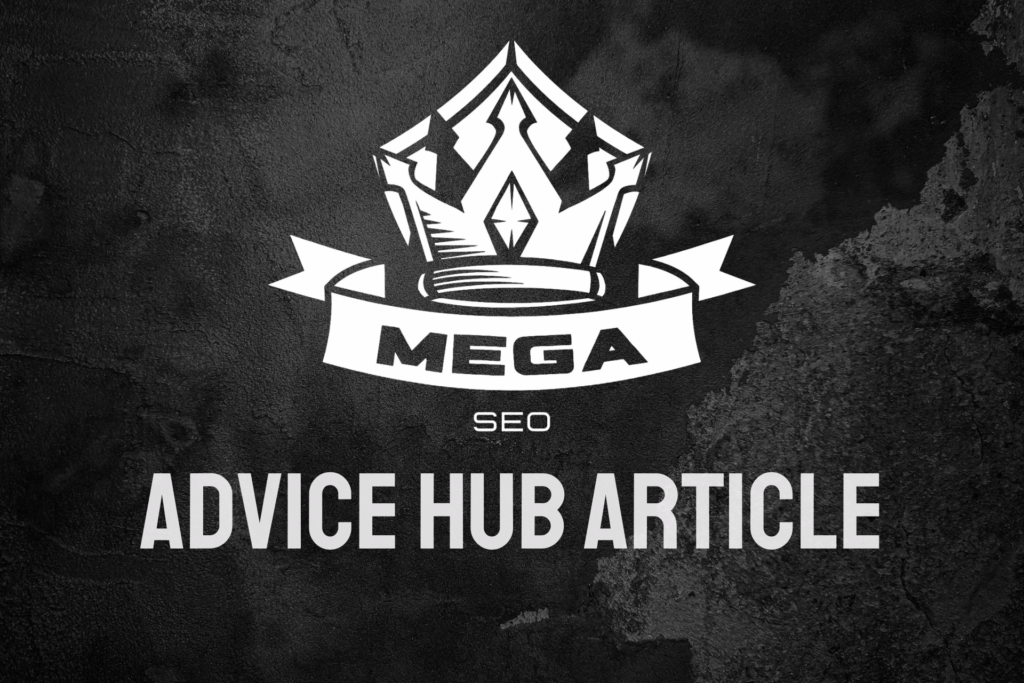Creating SEO-friendly blog categories helps organise content effectively while maximising search engine visibility. Well-structured categories improve user navigation, enhance content discovery, and strengthen your website’s overall SEO performance. This comprehensive guide explores proven strategies for developing and optimising blog categories that benefit both users and search engines.
Why Are Blog Categories Important for SEO?
Blog categories serve multiple purposes in your content strategy. They create logical content groupings, establish clear site architecture, and help search engines understand your website’s topical authority. Properly optimised categories can significantly improve your site’s crawlability and user experience, leading to better search rankings.
What Makes a Blog Category SEO-Friendly?
SEO-friendly blog categories share several key characteristics that contribute to their effectiveness:
- Clear Relevance: Categories should directly relate to your main topics and target keywords, creating natural content clusters that demonstrate expertise in specific areas.
- Logical Structure: Categories should follow a hierarchical structure that makes sense to both users and search engines, facilitating easy navigation and content discovery.
- Optimised URLs: Category URLs should be clean, descriptive, and keyword-rich without being overly long or stuffed with unnecessary terms.
- Unique Descriptions: Each category should have a unique, informative description that explains its purpose and includes relevant keywords naturally.
How Should You Plan Your Blog Categories?
Strategic planning ensures your blog categories support both user needs and SEO goals. Consider these steps when developing your category structure:
Research Your Target Audience
Understanding your audience helps determine which categories will be most valuable. Study your analytics data, conduct keyword research, and analyse user behaviour to identify popular topics and common search patterns. This research forms the foundation of your on-page SEO strategy for categories.
Analyse Your Content
Review your existing content to identify natural groupings and themes. Look for patterns in your most successful posts and consider how they might be categorised effectively. This analysis helps create categories that align with your content strategy while supporting your SEO objectives.
What Are the Best Practices for Category Implementation?
Implementing SEO-friendly blog categories requires attention to several technical and strategic elements:
Technical Considerations
- URL Structure: Create clean, hierarchical URLs that reflect your category structure. For example: domain.com/category-name/post-title
- Category Pages: Design category pages that provide value beyond simple post listings. Include unique descriptions, relevant internal links, and featured content.
- Navigation: Implement clear navigation elements that help users and search engines understand your category hierarchy.
Proper technical implementation is crucial for category success. Consider working with a technical SEO specialist to ensure optimal setup.
Content Organisation
Organise your content thoughtfully within categories:
- Primary Categories: Limit main categories to broad topics that encompass multiple related subtopics. This creates a clear hierarchy and prevents category sprawl.
- Subcategories: Use subcategories for more specific topics when necessary, but avoid creating too many levels that might confuse users.
- Cross-Categorisation: Allow posts to appear in multiple relevant categories when appropriate, but use this feature sparingly to maintain clear topic focus.
How Can You Optimise Category Pages?
Category pages present unique opportunities for optimisation:
Meta Information
Create unique, descriptive meta titles and descriptions for each category page. Include relevant keywords naturally while accurately representing the category’s content. This supports your overall off-page SEO efforts by improving click-through rates from search results.
Category Descriptions
Write informative category descriptions that:
- Explain the category’s purpose and content scope
- Include relevant keywords naturally
- Provide value to users seeking information on the topic
- Link to important related resources when appropriate
How Do You Maintain Category Health?
Regular maintenance ensures your categories continue to serve their purpose effectively:
- Content Audit: Regularly review category content to ensure posts are properly categorised and remain relevant.
- Performance Monitoring: Track category page performance through analytics to identify areas for improvement.
- Category Consolidation: Merge or remove underperforming categories that don’t add value to your site structure.
For businesses targeting local audiences, consider implementing location-specific categories that support your local SEO strategy.
Transform Your Blog Categories with Professional SEO Support
Creating and maintaining SEO-friendly blog categories requires ongoing attention and expertise. Our SEO team based in Wigan specialises in developing effective category structures that enhance both user experience and search visibility. We understand the unique challenges UK businesses face in content organisation and can help you implement a category strategy that drives results.
Ready to optimise your blog categories for better SEO performance? Contact us to discuss how we can help improve your content organisation and boost your search engine rankings through strategic category optimisation.




